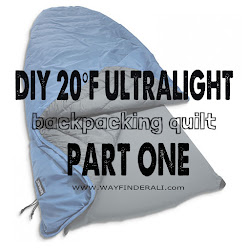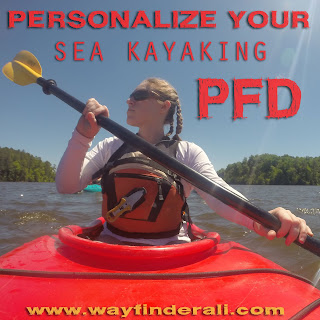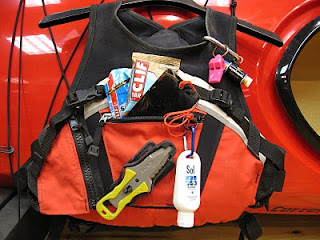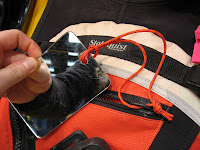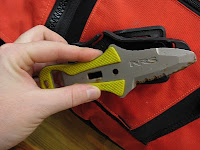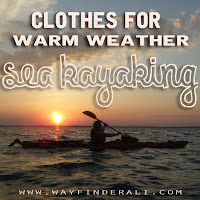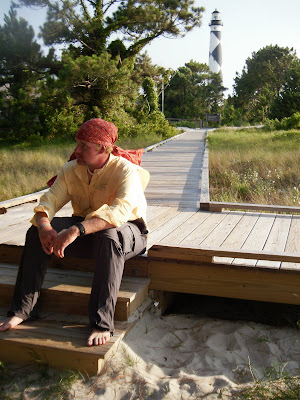
I got really lucky last week; I got a nearly brand new life jacket for free. Reggie (my boss) had a size small, women’s specific Stohlquist brand touring life jacket. I’m not sure if I would have chosen it for myself if I were ordering one, but I sure was glad to get it, and it fit! I’m used to wearing a Chica by Extrasport. So I tried them both on in my room to compare and decided to take a big risk: test the new jacket during a week in the field. Why was this risky? If I found out after an hour of paddling I hated the jacket, I had to paddle 20 or 30 more hours in it. This life jacket was superb throughout the trip and I continued to use it all summer. I never had any rubbing or chaffing problems. My perspective is from a guide, paddling 5+ hours a day in my life jacket. I am 5'2," 130lbs and wear a 34B. Here are some things I love about the jacket, and a few things I might change.
Great things:
*the foam in the chest of the vest is cut away to keep from squishing breasts
*the front pocket is nice. It’s easy to stick my hand into and dig around but wasn’t big and bulky. The pocket is completely flat, but ingeniously they put two pieces of neoprene at the edges to give the pocket enough stretch to dig around in.
*low profile and out of my way. My arms never rubbed against it when I paddled
*reflective piping for visibility in low light
*an accessible place to put my rescue knife
*mine is orange, which is very visible during the day from a long way away
*there are two buckle points that reinforce the zipper. You can buckle (quick release buckles) it closed before you zip it, which makes zipping it faster and easier.
Things I would change:
*It’s a pull-on style PFD which got pretty annoying because I wear a big hat when I paddle. When we stopped on an island I had to take my hat off to take my life jacket off. Of course, the Extrasport Chica I compared it to has a zip front. This makes for easy on/off except that as the Chica wears the zipper gets harder to zip up and there is only one buckle point at the bottom of the vest. So the pull on could be an advantage in some ways.
*this PFD would probably be problematic with a kayak that has a high seat back (instead of a back band) because the lower back of the PFD is rather thick
*the shoulder straps aren’t adjustable in length. If I had bigger breasts, the life jacket would probably ride up all the time or suffocate me.
*I would add another knife placement on the back of the jacket, up high, in case I wanted to carry two different knives or keep my knife on my back instead of in front of me
*the knife placement was sometimes annoying. I usually didn’t have problems, but a couple of times got things caught on my knife. I have a NRS Co-Pilot.
I really like this jacket and am really lucky to have gotten it for free. Many kayakers who spend long hours paddling may want more pockets or more adjustment. I really like this jacket, but if I were buying one, I might also consider the TowMotion or the Cruiser by Stohlquist.
Shopping for a kayak? Check out Ali's review of the
Tsunami 160 by Wilderness Systems










